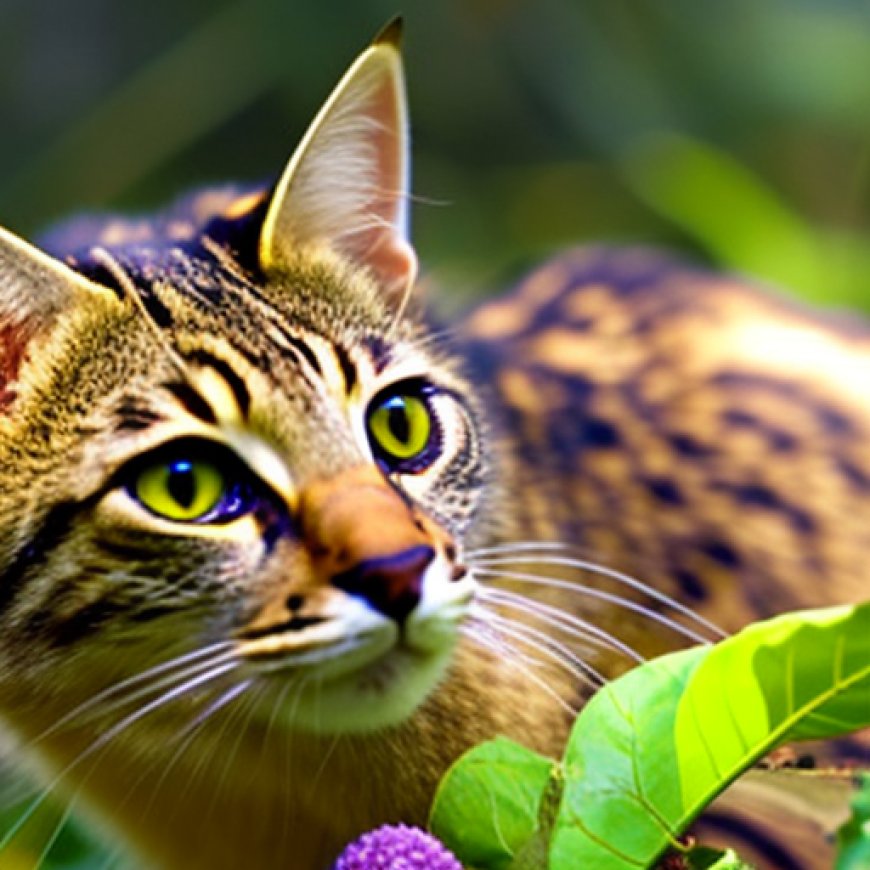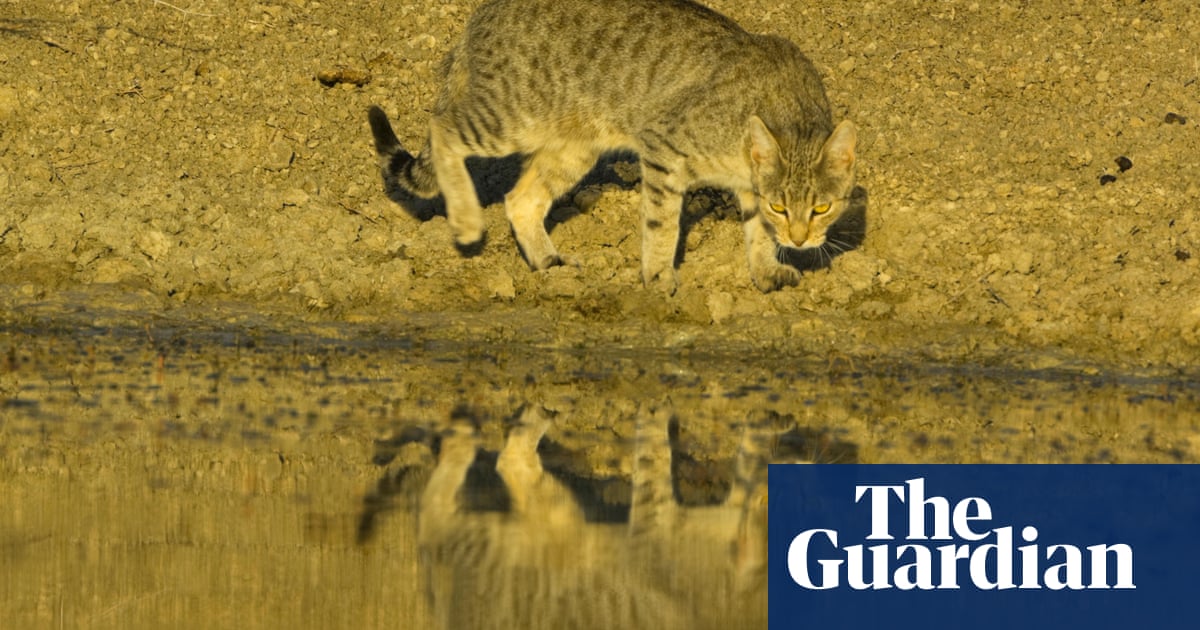Invasive species lead driver of biodiversity loss in Australia – and feral cats have biggest impact, report finds
Invasive species lead driver of biodiversity loss in Australia – and feral cats have biggest impact, report finds The Guardian


Advocates Call for Urgent National Response to Invasive Species Threat in Australia

Advocates are calling for an urgent and coordinated national response to the threat of invasive species after the co-authors of a major international report identified it as the leading driver of biodiversity loss in Australia.
The report, from the Intergovernmental Platform on Biodiversity and Ecosystem Services (IPBES), was produced by 86 experts from 49 countries and details the impacts of invasive flora and fauna on ecosystems globally.
Sign up for Guardian Australia’s free morning and afternoon email newsletters for your daily news roundup
More than 37,000 alien species have been introduced by human activities to regions around the world, the report found. Of these, 3,500 are considered invasive alien species, causing negative impacts on nature and humans through their establishment and spread.
Australasia has been identified as a global hotspot for invasive species.
“In Australia, invasive species are the number one driver of biodiversity loss,” said report co-author Prof Phill Cassey of the University of Adelaide in a press briefing. Feral cats have the greatest environmental impact, he said, adding that European rabbits were the country’s most damaging agricultural pest.
Australia has lost more native mammal species than any other continent, with more than 100 species listed as either extinct or extinct in the wild.
Research published earlier this year by the Invasive Species Council found there has been an average of 4.5 probable extinctions a decade since the 1960s, with around three extinctions a decade mainly attributable to invasive species.
Responding to the IPBES report, Bertie Hennecke, Australia’s chief environmental biosecurity officer, said invasive flora such as buffalo and gamba grass in Australia’s north “have allowed bushfires to burn even hotter and destroy surrounding habitats”.
“Since 2021-22 … we have identified over 28,000 pests and diseases and weeds that have arrived at the border through cargo vessel, mail and traveller pathways,” Hennecke said.
Research led by Australia’s national science agency, the CSIRO, has previously found that invasive species have cost the economy $390bn over the past six decades.
Prevention was more important than managing invasives after they have already become established, the IPBES report co-authors emphasised.
“Particularly in Australasia, we have a good track record in effectively managing alien species,” said Dr Andy Sheppard, chief research scientist at the CSIRO and a coordinating lead author of the report. “Prevention is by far the most cost-effective means to stop invasive alien species from starting to have impacts in the first place.”
In August last year, Australia launched a national biosecurity strategy to combat the risk posed by invasive species to biodiversity, but experts say more coordinated legislation between jurisdictions is required.
theguardian.com

Join us, as fellow seekers of change, on a transformative journey at https://sdgtalks.ai/welcome, where you can become a member and actively contribute to shaping a brighter future.







